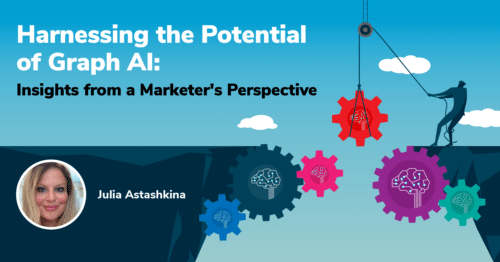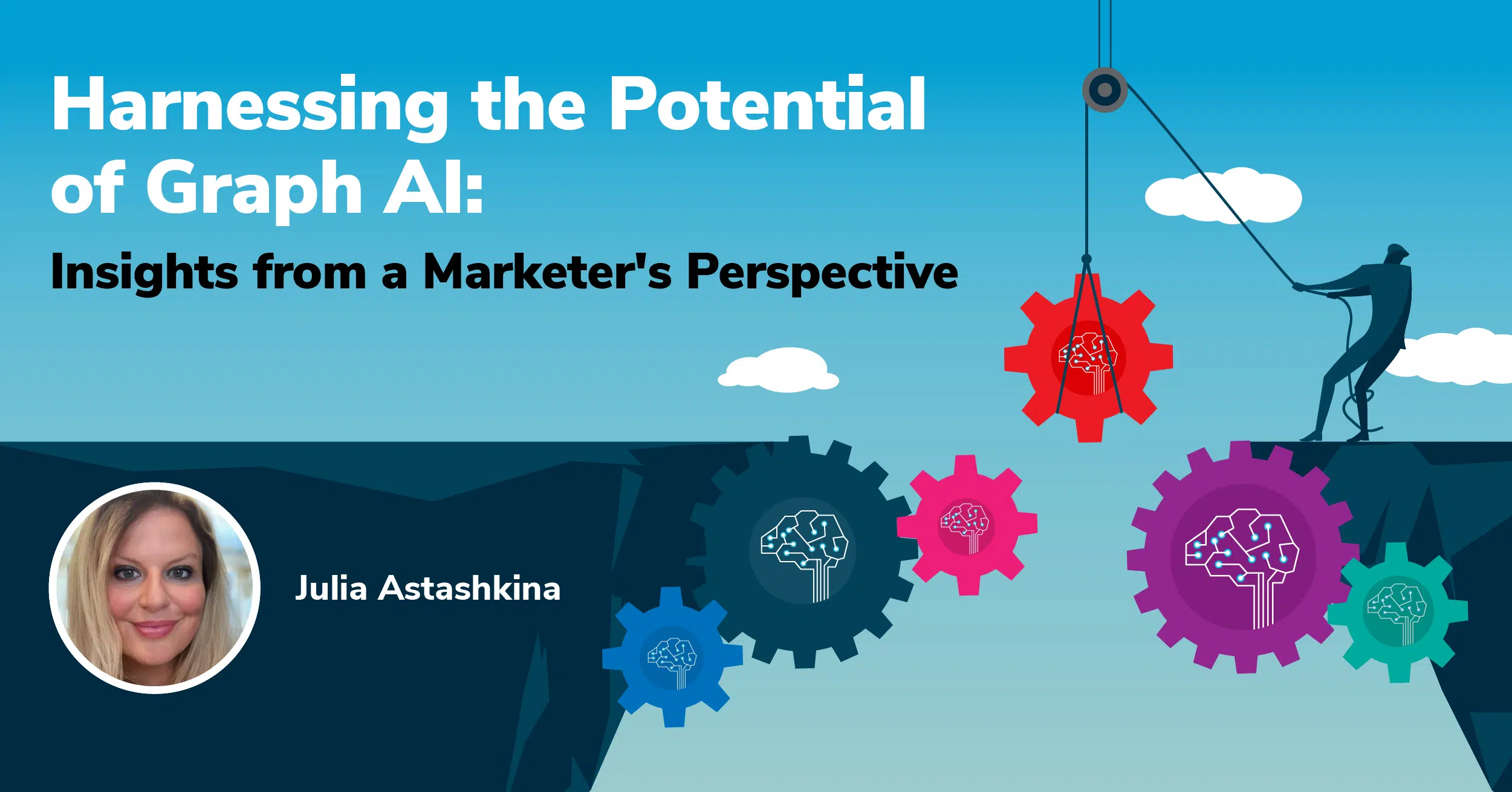
In the ever-evolving landscape of technology, certain innovations emerge that have the potential to shape the future. One such innovation is the emergence of graph AI. As a marketer myself, I have been a passionate advocate of graph-based technologies for business for quite some time now. And it’s exciting to witness the significant uptake of graph technologies in the mainstream.
According to Gartner, by 2025, a staggering 80% of data and analytics innovations will involve the use of graph technologies. This statistic alone highlights the growing acceptance and benefits that graph AI brings to the table. In fact, most Fortune 500 companies have already embraced graph technologies and reported successful use cases. The impact of graph AI in facilitating rapid decision-making and unlocking valuable insights is undeniable.
Innovations in graph AI have driven profitability across a number of industries and use cases, including:
- Fraud detection
- Network optimization
- Pharmaceutical drug discovery
- Risk monitoring
- Recommendation engines
- Cybersecurity
- …and many more artificial intelligence solutions
Specifically in marketing, graphs offer several advantages, enabling marketing professionals to unlock valuable insights, improve customer targeting, and optimize marketing campaigns. Here are some ways in which graph databases are beneficial for marketing:
Relationship Mapping: Graph databases excel at representing and analyzing complex relationships between entities. In marketing, this means being able to map connections between customers, products, behaviors, preferences, and interactions. By visualizing and understanding these relationships, marketers can identify influential customers, uncover hidden patterns, and personalize marketing efforts based on individual or group preferences.
Personalization and Targeting: Graphs allow marketers to create highly targeted and personalized campaigns. By leveraging the interconnectedness of data, marketers can identify customers with similar attributes, interests, or behaviors and tailor messaging and offers to their specific needs. This level of personalization enhances customer engagement, drives conversion rates, and improves overall campaign effectiveness.
Customer Journey Analysis: Understanding the customer journey is crucial for effective marketing. Graph databases provide a holistic view of the customer journey by capturing touchpoints across channels and tracking interactions over time. Marketers can analyze the customer journey graph to identify bottlenecks, optimize touchpoints, and deliver a seamless and personalized experience at each stage.
Influencer Marketing and Advocacy: Graphs can identify key influencers and brand advocates within a network. By analyzing the relationships and interactions between individuals, marketers can identify influential customers who can amplify brand messaging, drive word-of-mouth marketing, and facilitate customer acquisition. Leveraging these influential relationships can significantly impact brand perception and reach.
Customer Segmentation: Graphs enable advanced customer segmentation. Marketers can identify distinct customer segments based on shared characteristics, behaviors, or preferences. With this information, they can create targeted marketing campaigns tailored to each segment, delivering relevant messaging and offers. By understanding the nuances of different customer segments, marketers can optimize marketing efforts, improve customer acquisition, and increase customer loyalty.
Campaign Optimization: Graph databases allow marketers to track and measure campaign performance in real-time. By capturing data on customer interactions, responses, and conversions, marketers can identify successful campaign elements and refine future efforts. Additionally, graph databases can facilitate A/B testing and experimentation, helping marketers optimize campaign components and improve overall ROI.
Customer Retention and Cross-Selling: Graphs enable marketers to identify opportunities for customer retention and cross-selling. By analyzing customer behavior, preferences, and past interactions, marketers can identify cross-selling opportunities and personalize recommendations. Furthermore, by identifying customer churn patterns and potential churn risks, marketers can proactively engage customers and implement retention strategies.
These are just a few examples of how graph databases can benefit marketers. By leveraging the power of interconnected data, graph databases provide a comprehensive view of customers, enable personalization, optimize campaigns, and drive customer-centric marketing strategies. With their ability to uncover complex relationships and deliver actionable insights, graph databases are a valuable tool for modern marketers seeking to enhance their marketing efforts.
Stay tuned as we navigate this ever-evolving landscape, unlocking the full potential of graph AI and shaping the future of marketing. The possibilities are endless, and together, we can achieve remarkable results.
As always, reach out to info@localhost with any questions.

